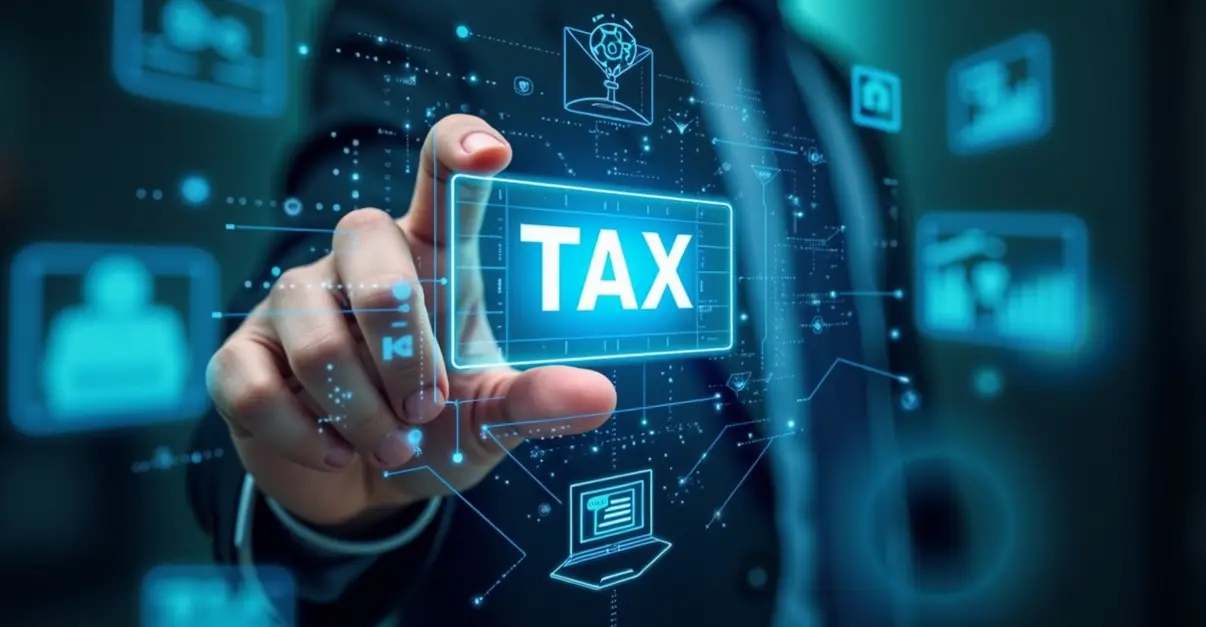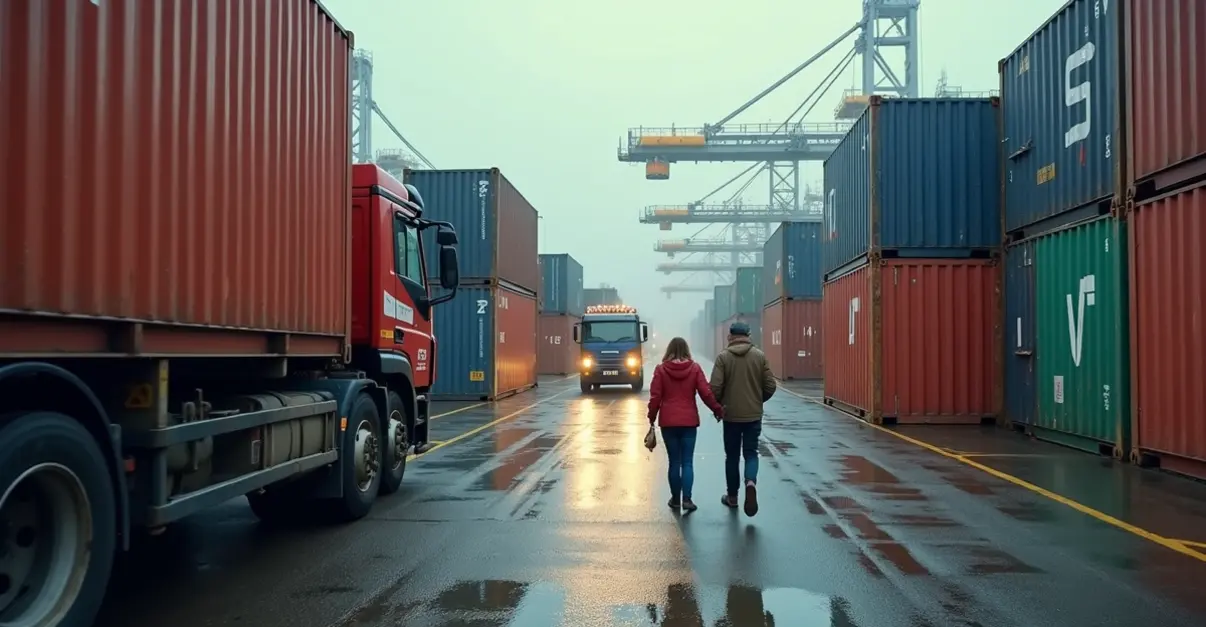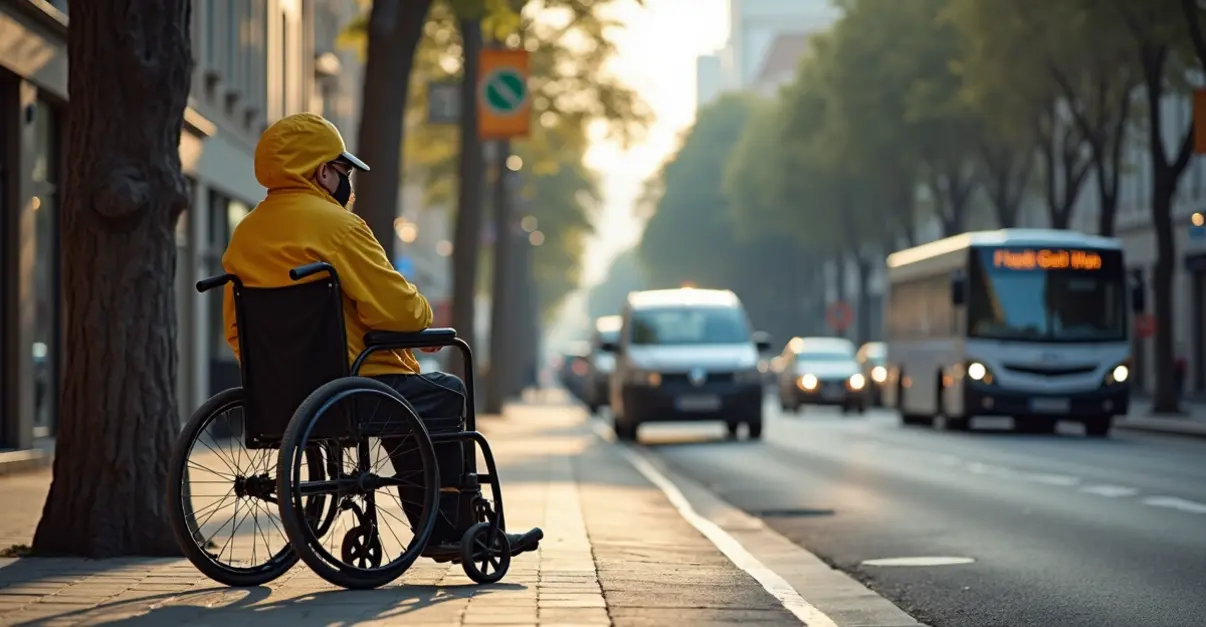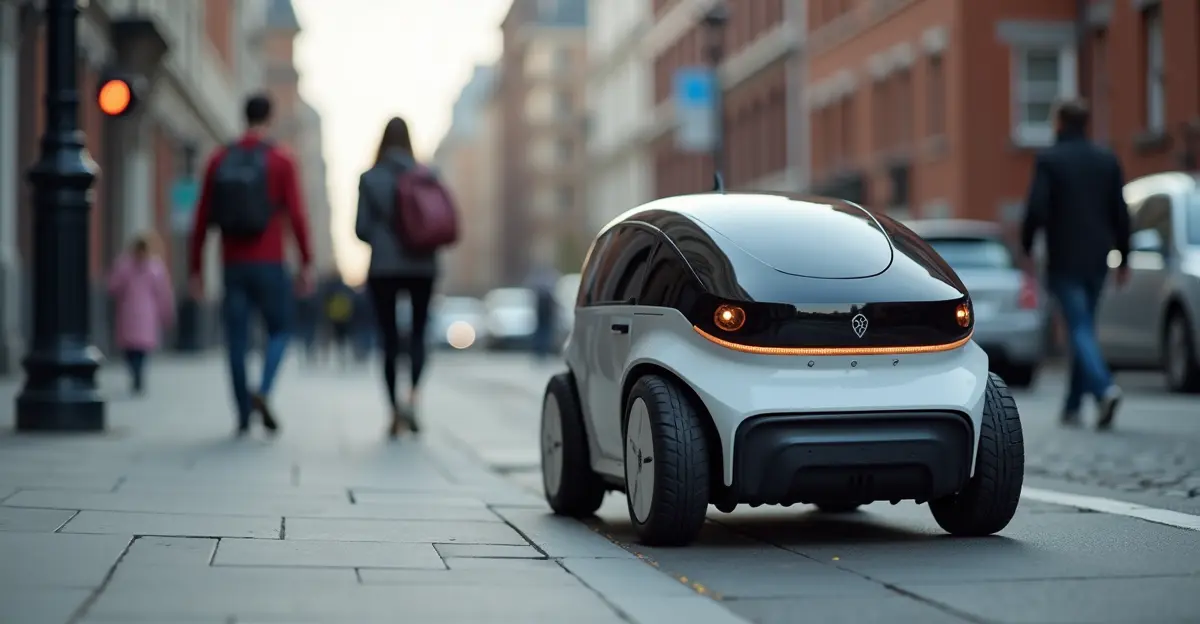Daily News Summary – 2025-10-11 – en
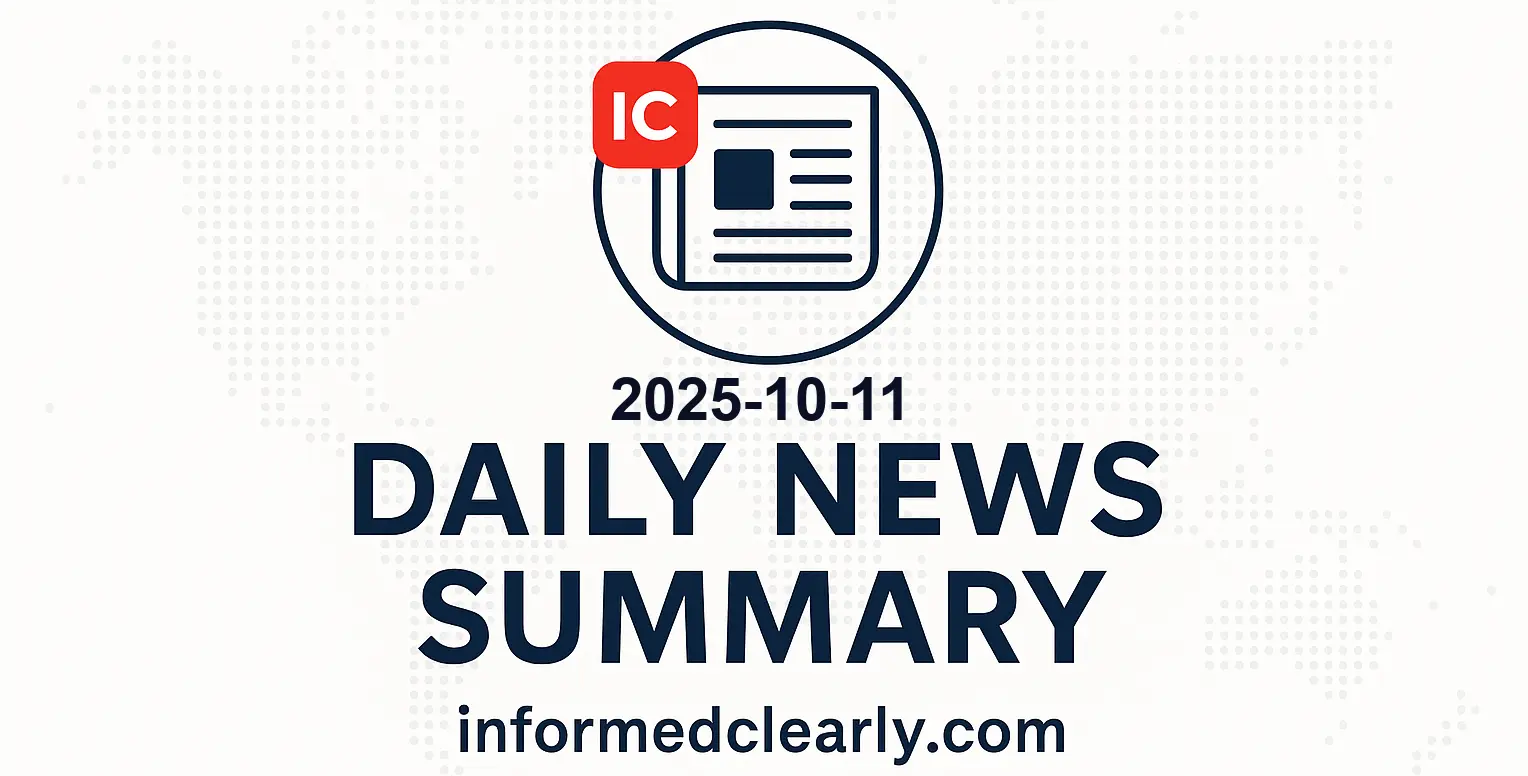
On October 11, 2025, the news landscape featured significant developments across technology, economy, and environment. Breakthroughs in interplanetary internet protocols promise enhanced space communication, while a global tax agreement sets a minimum rate for digital giants. Wildlife trafficking saw a major crackdown with thousands of animals rescued, and the future of work continues to evolve with hybrid models. Supply chain innovations address port congestion, urban mobility expands with bike lanes, and local food systems receive grants for resilience. Energy grids modernize with smart meters, geopolitical tensions play out in proxy wars, cities improve cooling center access for heatwaves, AI hiring freezes reshape talent markets, and regulations emerge for delivery robots. This day highlights ongoing transformations in how we live, work, and interact with our planet.
Top Stories
The Evolution of Hybrid Work Models
Hybrid work models are becoming permanent, with companies adopting flexible schedules and coworking spaces. Performance is measured by outcomes rather than attendance, and offices are redesigned as collaboration hubs.
The Quest for Cosmic Connectivity
Delay-Tolerant Networking is being tested for interplanetary communication, enabling reliable data transfer despite signal delays. Commercial demonstrations on the International Space Station aim to validate this technology for future space missions.
Historic Global Tax Agreement Targets Digital Economy
A global minimum corporate tax rate of 15% is set for large multinationals, specifically targeting digital giants. Implementation deadlines begin in 2025, with significant penalties for non-compliance.
Major Tech Companies Implement AI-Driven Hiring Freezes
Tech giants like Meta and Salesforce are freezing hiring in AI divisions, shifting to smaller, talent-dense teams. This restructuring impacts startups and raises concerns about an AI investment bubble.
Global Port Crisis Spurs Operational Overhaul
Port congestion has surged 300%, prompting the development of inland logistics hubs to alleviate bottlenecks. Operational changes include extended hours and AI-driven solutions to enhance supply chain resilience.
Also Notable
Crime
Massive International Operation Uncovers Wildlife Crime Networks
A global crackdown rescued nearly 20,000 live endangered animals and arrested 365 suspects. The operation targeted transnational criminal networks involved in illegal wildlife trade, highlighting ongoing biodiversity threats.
Environment
Major Bike Lane Expansion Transforms Urban Mobility
The city is expanding its bike lane network with protected lanes to improve safety and accessibility. The plan includes community input and aligns with modern urban planning principles like the 15-minute city concept.
National Campaign Improves Urban Cooling Center Accessibility
Cities are enhancing access to cooling centers for vulnerable populations during heatwaves. Efforts include transportation solutions and improved wayfinding systems to address urban heat island effects.
Economy
Major Funding Programs Strengthen Local Food Supply Chains
Federal and state grants are supporting local food production and supply chain resilience. Programs like USDA's RFSI provide funding for equipment and infrastructure to enhance food security.
Energy
Smart Meter Expansion Drives Grid Modernization
Smart meter deployments enable demand response programs that help manage peak electricity loads. Dynamic pricing signals encourage consumers to shift usage, improving grid reliability and efficiency.
Geopolitics
The Shadow Battlefield: How Major Powers Fight Without Fighting
Proxy wars allow superpowers to advance interests without direct confrontation, using third-party forces in conflicts like Ukraine and the Middle East. This strategy avoids nuclear risks but has significant humanitarian costs.
AI
Autonomous Delivery Robotics Face New Regulatory Framework
Cities are implementing regulations for delivery robots to address safety and accessibility concerns. Rules include speed limits and operating parameters to balance innovation with public welfare.

 Deutsch
Deutsch
 English
English
 Español
Español
 Français
Français
 Nederlands
Nederlands
 Português
Português


